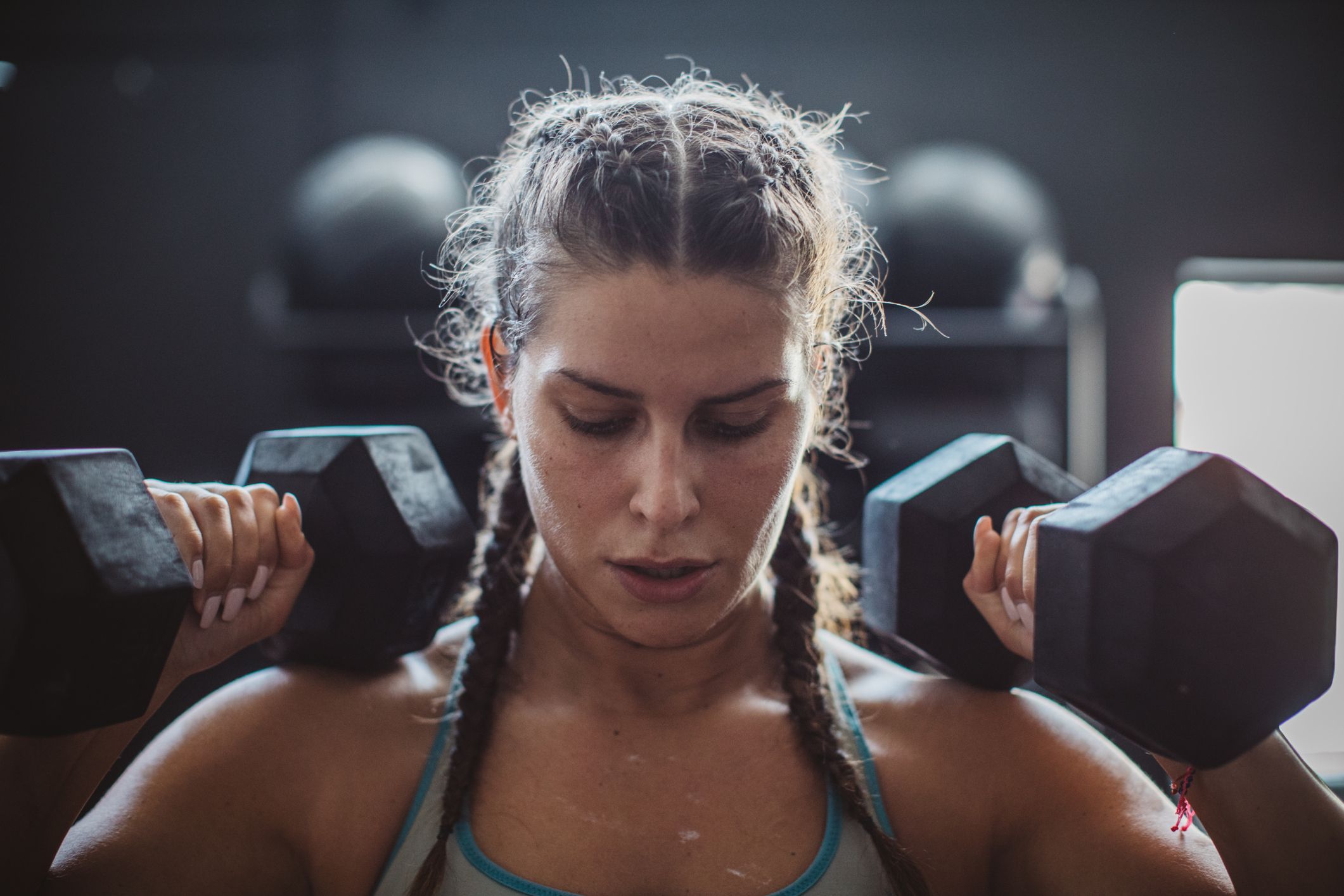When it comes to building real strength—not just looking good in the mirror but actually feeling strong, balanced, and capable—your training plan needs more than random exercises. You need a solid foundation. And that starts with movement patterns.
These are the natural ways your body moves, like pushing, pulling, hinging, or squatting. They show up in your everyday life, whether you’re lifting a box, walking up stairs, or getting out of bed. Training these movements, not just muscles, makes your body more efficient and injury-resistant.
Here are 7 must-have movement patterns that should be the backbone of every strength training plan, whether you’re a beginner or seasoned lifter.
1. Squat Pattern
Let’s start with the classic: the squat. Squats mimic a motion you already do all day—sitting and standing. When done right, squats fire up your quads, hamstrings, glutes, and core. They also improve mobility in your hips, knees, and ankles.
Exercises to try:
- Bodyweight squats
- Goblet squats
- Barbell back or front squats
- Bulgarian split squats
The goal is to squat deep while maintaining good form: chest up, knees tracking over toes, and heels grounded.
Why it matters: You’ll build powerful legs, better posture, and a stronger lower back.
2. Hinge Pattern
Hinging means bending at your hips while keeping your spine neutral. This is how you pick something up off the ground properly. It’s one of the most important ways to protect your lower back and activate your posterior chain.
Exercises to try:
- Deadlifts (any variation)
- Kettlebell swings
- Romanian deadlifts
- Hip thrusts
Form is everything here. If you round your back, you miss the point. Push your hips back, keep the chest up, and engage your glutes on the way up.
Why it matters: It strengthens the backside of your body—glutes, hamstrings, lower back—where most people are weakest.
3. Push Pattern
Think of pushing a door open, doing a push-up, or pressing something overhead. Push patterns build your chest, shoulders, and triceps while improving shoulder stability.
Exercises to try:
- Push-ups (any version)
- Overhead press
- Dumbbell or barbell bench press
- Incline press
Horizontal and vertical pushing both count. Don’t just work your mirror muscles—train them to work as a team.
Why it matters: Strong push muscles help with everything from carrying groceries to doing daily chores without shoulder pain.
4. Pull Pattern
This is the opposite of pushing, and it’s often neglected. Pulling strengthens your upper back, biceps, and grip, which are crucial for posture and long-term shoulder health.
Exercises to try:
- Pull-ups or assisted pull-ups
- Barbell or dumbbell rows
- TRX rows
- Lat pulldowns
If you’re sitting a lot during the day, this is the pattern you want to double down on. A strong upper back balances your posture and supports the rest of your lifts.
Why it matters: Pull patterns keep your shoulders healthy, improve your posture, and make everyday pulling tasks easier.
5. Lunge Pattern
Lunges work one leg at a time, which helps fix imbalances between your right and left sides. They also challenge your balance and coordination.
Exercises to try:
- Forward lunges
- Reverse lunges
- Walking lunges
- Lateral lunges
The trick here is to stay tall, keep your knee aligned, and move with control—not speed.
Why it matters: Unilateral training like lunges builds balanced strength and protects your joints by teaching you control.
6. Carry Pattern
Carrying weight might seem too simple to be a “real” exercise, but it’s one of the most functional things you can do. This movement challenges your grip, core, shoulders, and hips—all at once.
Exercises to try:
- Farmer’s carries
- Suitcase carries (one side)
- Overhead carries
- Zercher carries
Start light, walk with control, and don’t let the weight pull you off balance. Keep your core braced and shoulders back.
Why it matters: Carries build real-world strength—like holding heavy bags or picking up your kid—while firing up your core without a single crunch.
7. Rotation (and Anti-Rotation)
Rotational movements involve twisting through your core, while anti-rotation means resisting unwanted movement. Both are key for spinal health and athletic performance.
Exercises to try:
- Russian twists
- Woodchoppers with cables or bands
- Pallof press (anti-rotation)
- Medicine ball rotational throws
If you only ever train in straight lines, you’re missing the strength that lives in the twist. Your core isn’t just six-pack muscles—it’s a stabilizer in every movement.
Why it matters: Rotation builds a 360-degree core and keeps your spine safe during sport or everyday movements.
Build Your Weekly Plan Around These
You don’t have to hit every pattern every single day, but they should all appear regularly in your weekly workouts. Here’s a basic way to structure your training:
- Day 1: Squat + Push
- Day 2: Hinge + Pull
- Day 3: Lunge + Carry + Core rotation
Simple, effective, and easy to personalize.
If you focus more on movement than individual muscles, your body will thank you. You’ll get stronger, move better, and stay injury-free longer. These 7 movement patterns are your blueprint. Build around them, stick with them, and your strength gains will last for the long haul.










